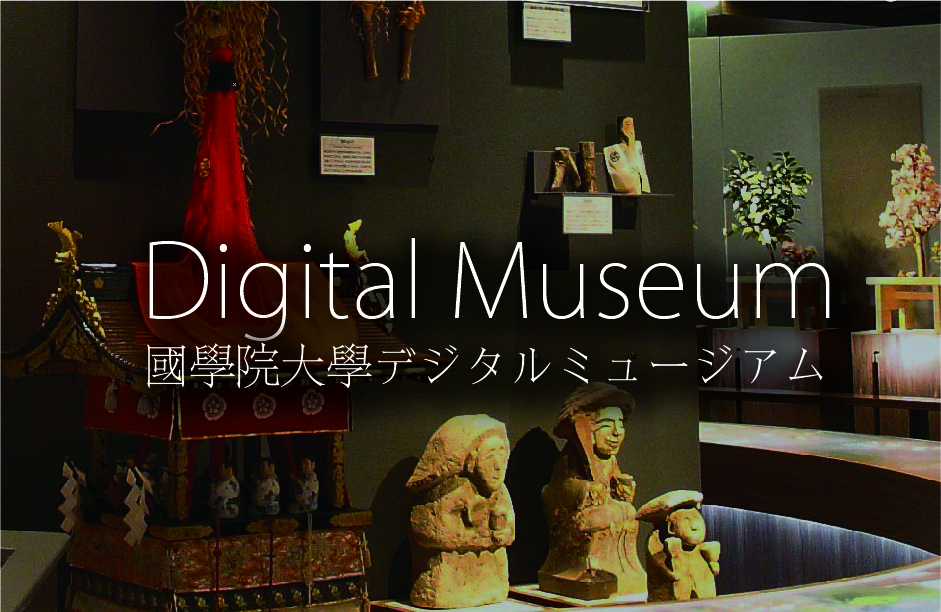- トップ
- Encyclopedia of Shinto
- Setsubun
Encyclopedia of Shinto
| Main Menu: | |
| Links: |
詳細表示 (Complete Article)
| カテゴリー1: | 5. Rites and Festivals |
|---|---|
| カテゴリー2: | Rituals in Daily Life |
| Title | Setsubun |
| Text | "Seasonal Division." Originally, the term referred to each of the days prior to the first days of spring, summer, autumn, and winter. Nowadays, however, only the day before the one that marks the start of spring (risshun) is referred to as setsubun. The old lunar calendar was not related to the earth's orbit around the sun and so did not correspond with the actual change of the seasons. To compensate for this, the celestial longitude was divided into 24 sections, aligned with the seasons, and called the nijūshi-sekki ("twenty-four seasonal divisions"). Four of these marked the day before the first day of each season: risshun, rikka, risshū, and rittō, from spring through winter. The day before risshun received particular emphasis since it was regarded as marking the start of the nijūshi-sekki cycle, and this day alone came to be referred to as setsubun with festivities held especially to mark the occasion. Setsbun falls on February 3 or 4 under the solar calendar. Setsubun rituals include tsuina and mame-maki (bean-scattering), also known as mame-uchi. Tsuina is an exorcism rite in which participants read out a type of proclamation to kami called a saimon and then, armed with bows-and-arrows and clubs made of peach tree, chase away figures dressed in demon masks in order to drive out the pestilence and other disasters the were believed to carry. For this reason, the event is also referred to as oniyarai ("demon dispatching") and the like. The ritual was introduced from Tang China and originally held on New Year's eve (ōmisoka). Mame-maki, the ritual of scattering roasted beans to expel evil spirits, appears to have begun in the Muromachi Period (1392-1573). Although distinctions were made in court and upper class circles between tsuina on New Year's eve and bean-throwing at setsubun, commoners in many locations made no such separation. Another setsubun custom is that of yaikagashi, in which the heads of sardines are stuck on holly branches and hung over doorways to drive out the demons. Setsubun events held at shrines are called setsubunsai. In many cases either tsuina or mami-maki rite will be conducted, but the specific form of those observances will vary from shrine to shrine. See alsoNijūshi sekki — Endō Jun |





